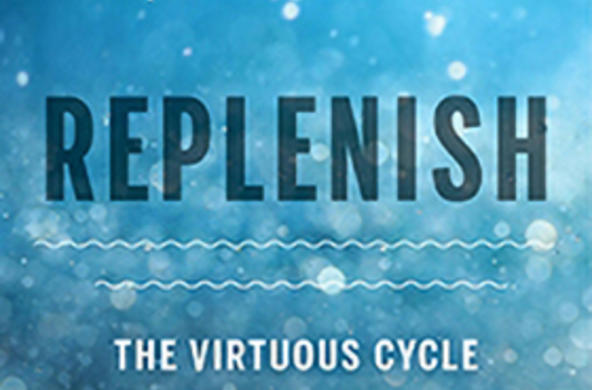Freshwater mussels are one of the most endangered groups of organisms in the United States. Science Magazine reports on causes for the widespread declines and cites Cary research studying the factors threatening mussel habitats.
Sometimes extirpation is delayed. Populations can persist, because the adults live for many decades. They might seem healthy, but they can't produce young, impaired either by pollution or because the fish hosts are gone. “It's an insidious decline,” says David Strayer of the Cary Institute of Ecosystem Studies in Millbrook, New York. The population crash can come “breathtakingly fast” once these older mussels start dying.
Researchers are discovering more about these invisible threats. Lab studies show that mussels are sensitive to a number of common but poorly regulated water contaminants, such as the surfactants in the common herbicide glyphosate. In a detailed field study, Strayer and Heather Malcom, also at the Cary Institute, found that the absence of juveniles was highly correlated with ammonia—likely from fertilizer or manure—in the sediment where the mussels burrow. Spikes in ammonia concentrations “may be responsible for widespread declines of freshwater mussel populations, especially in agricultural areas,” they reported in Ecological Applications in September. Some ecologists suspect that the current level permitted in surface water by the U.S. Environmental Protection Agency is dangerous for mussels.
Referenced scientific publication:
, “Causes of recruitment failure in freshwater mussel populations in southeastern New York”, Ecological Applications, vol. 22, no. 6, p. 1780 - 1790, 2012.





